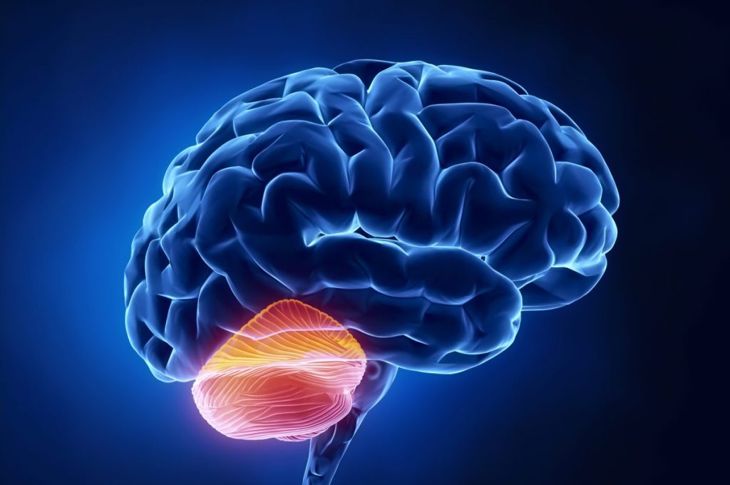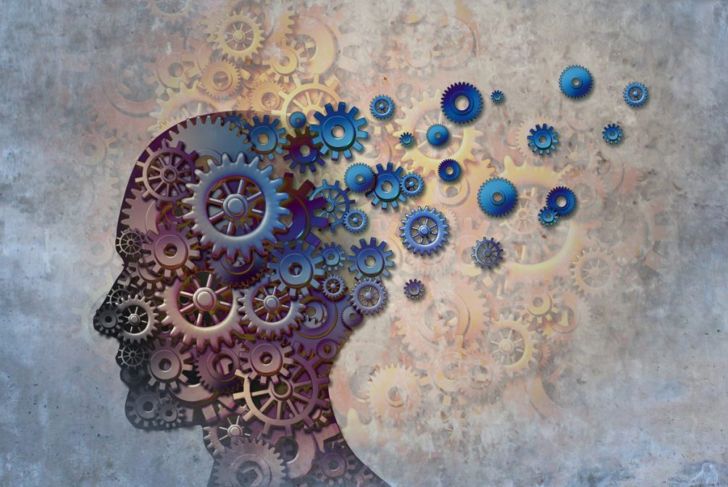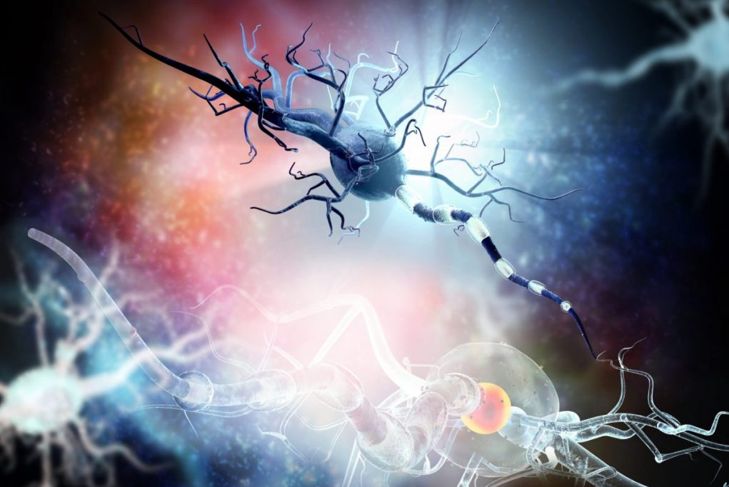Ataxia usually develops when there is damage to the area of the brain called the cerebellum. People with ataxia tend to experience issues with muscle coordination. Some types develop as the result of another condition, while others may be inherited. Symptoms of hereditary ataxia tend to develop more slowly. Treatment and prognosis for ataxia vary depending on the severity.
Common Symptoms
Different types of ataxia affect the body in different ways. However, some symptoms exist regardless of the cause. People with ataxia often have difficulty with balance and walking. It also affect speech and the ability to swallow. Ataxia can also cause visual disturbances. Ataxia often makes tasks requiring fine motor control, such as writing, more difficult.
Types of Ataxia
Experts divide ataxia into three main types. Acquired ataxia develops when the brain experiences a trauma. Brain traumas can include a stroke or brain tumor. Hereditary ataxia is a genetic condition. Symptoms of hereditary ataxia tend to develop more slowly. The most common cause of hereditary ataxia is a condition called Friedreich’s Ataxia. Idiopathic late-onset cerebellar ataxia (ILOCA) develops when brain damage occurs over time. A person is diagnosed with ILOCA when there is no clear reason for the damage.
Diagnosing Ataxia
When a doctor sees a patient with symptoms of ataxia, they will ask for a family history. A family history helps to determine whether any close family members have ataxia. They will then perform a physical exam and assess balance and coordination. Doctors often ask whether individuals are taking medication and whether they drink heavily. Excessive alcohol consumption and some medicines can cause symptoms that mimic ataxia. Often, patients require further tests to diagnose the cause of their ataxia.
Testing for Ataxia
Doctors may request genetic testing to diagnose the cause of ataxia. A blood sample is taken and analyzed to check for faulty genes. MRIs and CT scans can determine whether the person has sustained an injury to the brain such as a stroke. A lumbar puncture will check the spinal fluid for infection or abnormality.
Treatment Options
Sometimes, treating the underlying condition improves the symptoms or stops them from progressing. However, most causes of ataxia require symptom management as a cure is not available. Speech and language therapy can correct slurred speech and swallowing difficulties. Occupational therapy can help the person adapt their daily routines and activities. Physiotherapy can help people maintain control of their limbs and prevent muscle weakness.
Treatable Forms of Ataxia
A few types of ataxia can be treated to significantly improve or even cure the underlying cause. If a deficiency in vitamin E is to blame, taking supplements can help improve the condition. Some people experience episodic ataxia, which certain lifestyle factors can trigger. Medication and avoiding the triggering factor can control this.
Friedreich’s Ataxia
Friedreich’s ataxia is the most common type of hereditary ataxia. Most people begin noticing symptoms around the age of 25. Although, some people will not develop signs until much later. Along with typical symptoms, people with this condition usually experience muscle weakness in their legs. Because of the weakness in the legs, a person may require a wheelchair. They may also develop scoliosis, vision and hearing loss, diabetes, and thick heart muscles. The symptoms usually progress and worsen over time. Unfortunately, Friedreich’s ataxia usually shortens life expectancy.
Ataxia-Telangiectasia
Ataxia-telangiectasia is also genetic, but rarer than Friedreich’s ataxia. The condition usually appears when the child is very young and causes walking difficulties early on. Most children with it require a wheelchair by the time they reach age ten. Other symptoms include very slow eye movements and weak immune system. The condition also raises one’s risk of developing certain types of cancer. Symptoms usually worsen and most people with it only live to between 19 and 25 years old.
Spinocerebellar Ataxia
Spinocerebellar ataxias are a group of hereditary ataxias that almost always develop in adulthood. People with spinocerebellar ataxia develop problems with speech, walking, and balance. Slow eye movement may cause more frequent head movements. Muscle stiffness, urinary incontinence, and memory loss are also common symptoms of the condition.
Multiple Sclerosis
Multiple sclerosis is one of the most common causes of acquired ataxia, due to its effect on the brain and spinal cord. Some people will be affectedmildly, while others may develop long-term ataxia-related disabilities. They may experience sporadic episodes of ataxia, or the symptoms may worsen over time. Multiple sclerosis usually develops in adulthood and affects more women than men. In general, life expectancy for people with multiple sclerosis is lower than average.

 Home
Home Health
Health Diet & Nutrition
Diet & Nutrition Living Well
Living Well More
More




















